Buy Freedom leads the people, Eugène Delacroix - 1830 as a reproduction on canvas, ArtFrame, poster and wallpaper, printed on demand in high quality.
About "Freedom leads the people, Eugène Delacroix - 1830"
About the artwork
Liberty leads the people (French: La Liberté guidant le peuple) is a painting by French painter Eugène Delacroix.
It depicts Liberty as Marianne, the national symbol of France, leading the revolutionaries at the July Revolution of 1830. It is painted in oil.
This is one of the best-known and most imitated paintings in the history of French painting. The scene shows the well-known allegory of freedom: the woman (harking back to older representation methods for allegories) with her upper body bared (nudity as a sign of vulnerability - and thus courage - in contrast to the horror taking place). The woman wears a Phrygian hat referring to freedom. To her right, one sees a little boy, referring to youth, fearlessly holding two pistols. The man to her left, looking doubtfully into the distance, is sometimes said to be a self-portrait of Delacroix, although this is not certain. What is striking about this painting is its classical composition with a central triangle and its topical subject matter, where many romantics often harked back to the past. This painting shows that the three classes (clergy, nobility and bourgeoisie) were in favour of the revolution, because in addition to the woman, the three classes are present. Thus, all the classes opposed the established order. The flag the woman is holding is also not just the French flag. It was the new flag with three colours di
Old Master collections
Discover more Old Masters in the following collections:
 Netherlands
Netherlands Ordered in July 2022
Ordered in July 2022
 Germany
Germany Ordered in March 2019
Ordered in March 2019
 Germany
Germany Ordered in November 2021
Ordered in November 2021
 Germany
Germany Ordered in January 2020
Ordered in January 2020
 Netherlands
Netherlands Ordered in July 2023
Ordered in July 2023
 Netherlands
Netherlands Ordered in December 2019
Ordered in December 2019
 Germany
Germany Ordered in July 2020
Ordered in July 2020
 Netherlands
Netherlands Ordered in July 2025
Ordered in July 2025
 Netherlands
Netherlands Ordered in May 2020
Ordered in May 2020
 Germany
Germany Ordered in September 2019
Ordered in September 2019
 Netherlands
Netherlands Ordered in August 2022
Ordered in August 2022
 Germany
Germany Ordered in February 2023
Ordered in February 2023
About the material
ArtFrame™
Interchangeable Art Prints
- High-quality print
- Easily interchangeable
- Acoustic function
- Large sizes available
Discover the Old Masters collection
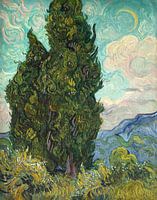 Cypresses
Cypresses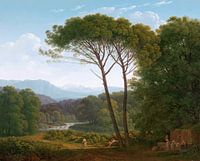 Italian landscape with pine trees, Hendrik Voogd
Italian landscape with pine trees, Hendrik Voogd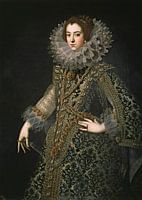 Queen Elizabeth of Bourbon
Queen Elizabeth of Bourbon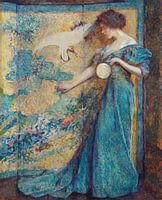 The Mirror, Robert Reid
The Mirror, Robert Reid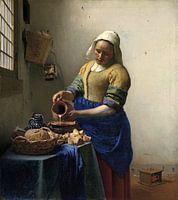 The Milkmaid - Vermeer painting
The Milkmaid - Vermeer painting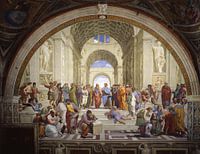 The School of Athens, Raphael
The School of Athens, Raphael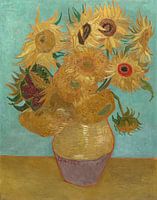 Vincent van Gogh. Sunflowers
Vincent van Gogh. Sunflowers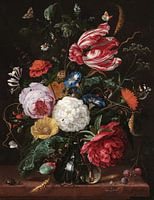 Flower arrangement, Jan Davidsz. de Heem
Flower arrangement, Jan Davidsz. de Heem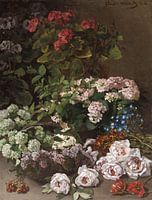 Spring Flowers, Claude Monet
Spring Flowers, Claude Monet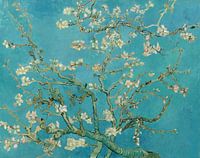 Almond blossom painting by Vincent van Gogh
Almond blossom painting by Vincent van Gogh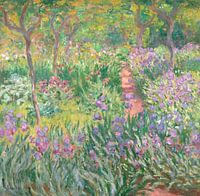 The Artist’s Garden in Giverny, Claude Monet
The Artist’s Garden in Giverny, Claude Monet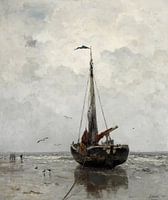 Jacob Maris - Fishing boat
Jacob Maris - Fishing boat Vincent van Gogh. Olive orchard
Vincent van Gogh. Olive orchard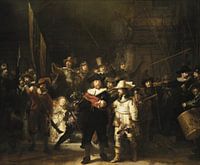 The Night Watch, Rembrandt van Rijn
The Night Watch, Rembrandt van Rijn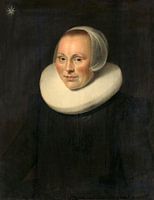 Portrait of a woman, anonymous - 1633
Portrait of a woman, anonymous - 1633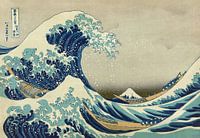 The great wave of Kanagawa, Hokusai
The great wave of Kanagawa, Hokusai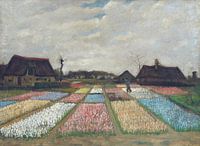 Vincent van Gogh. Flower beds in Holland
Vincent van Gogh. Flower beds in Holland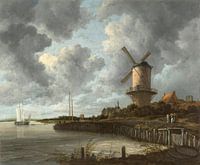 The mill at Wijk bij Duurstede, Jacob Isaacksz. van Ruisdael
The mill at Wijk bij Duurstede, Jacob Isaacksz. van Ruisdael A Amsterdam street scene - Adrianus Eversen
A Amsterdam street scene - Adrianus Eversen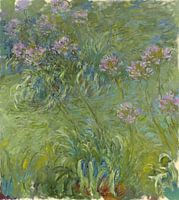 Agapanthus, Claude Monet
Agapanthus, Claude Monet
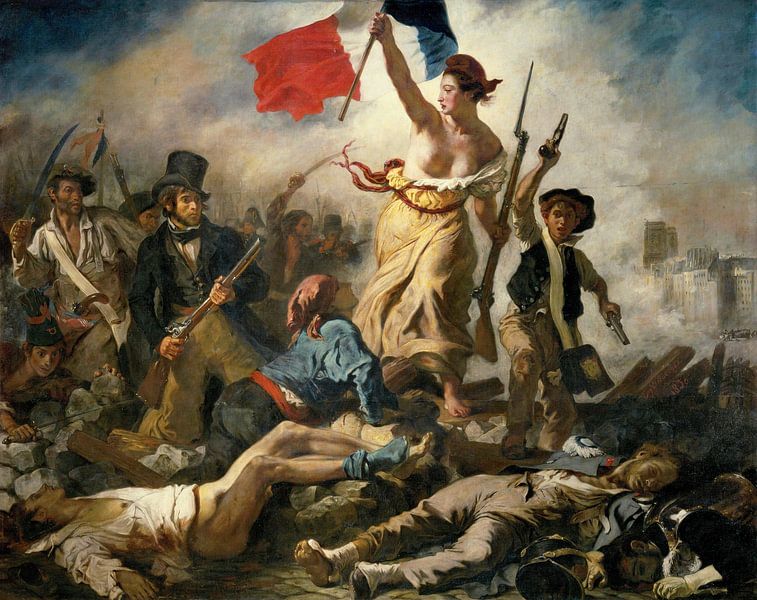
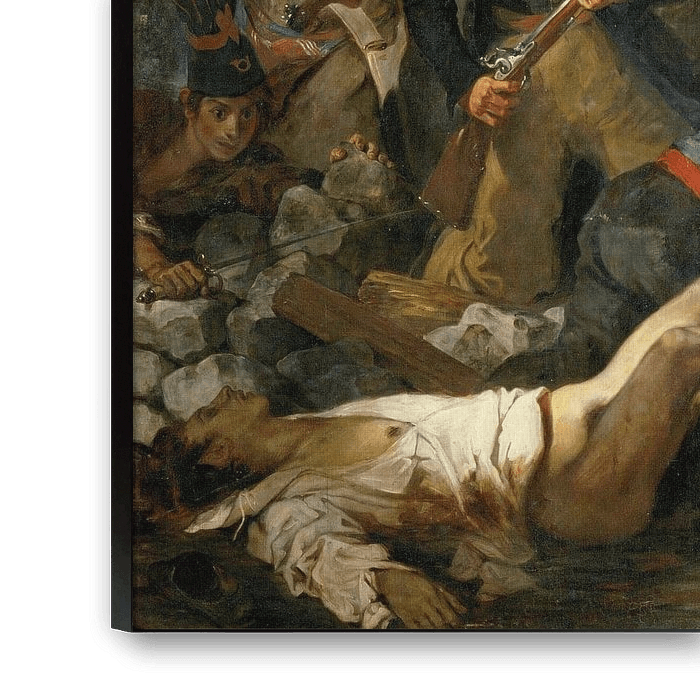
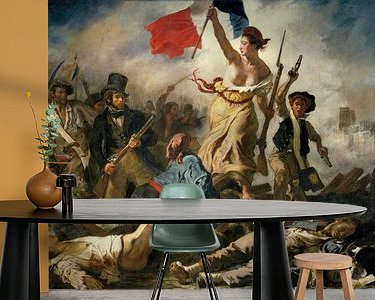
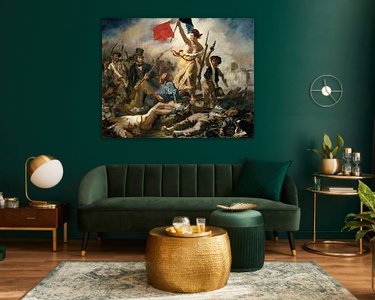

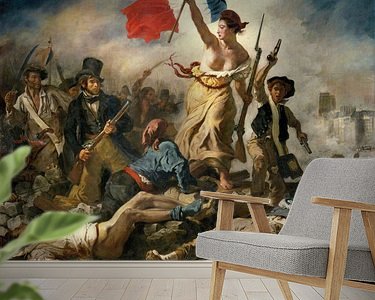
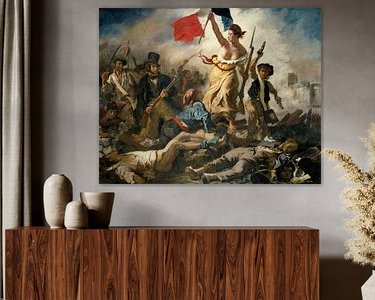
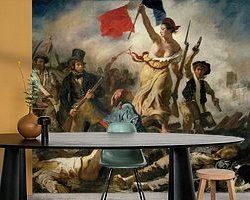
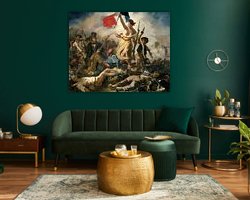
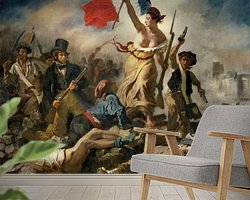
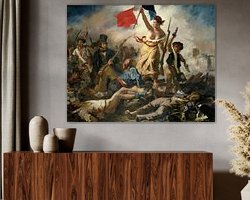
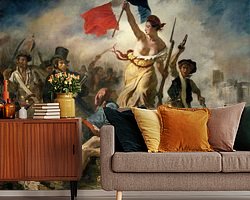
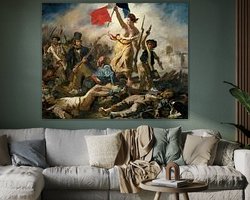
 Female
Female Female portrait
Female portrait Old masters
Old masters Powerful Expression
Powerful Expression









